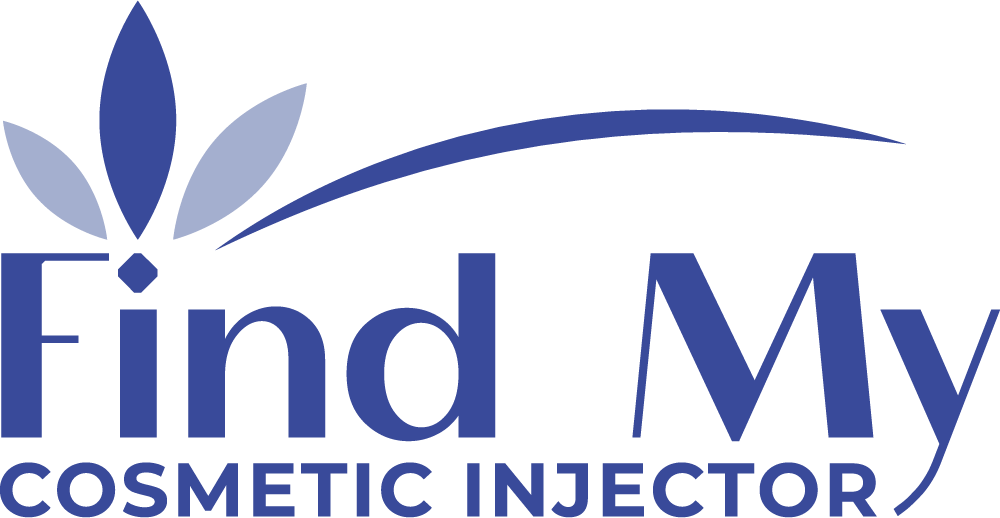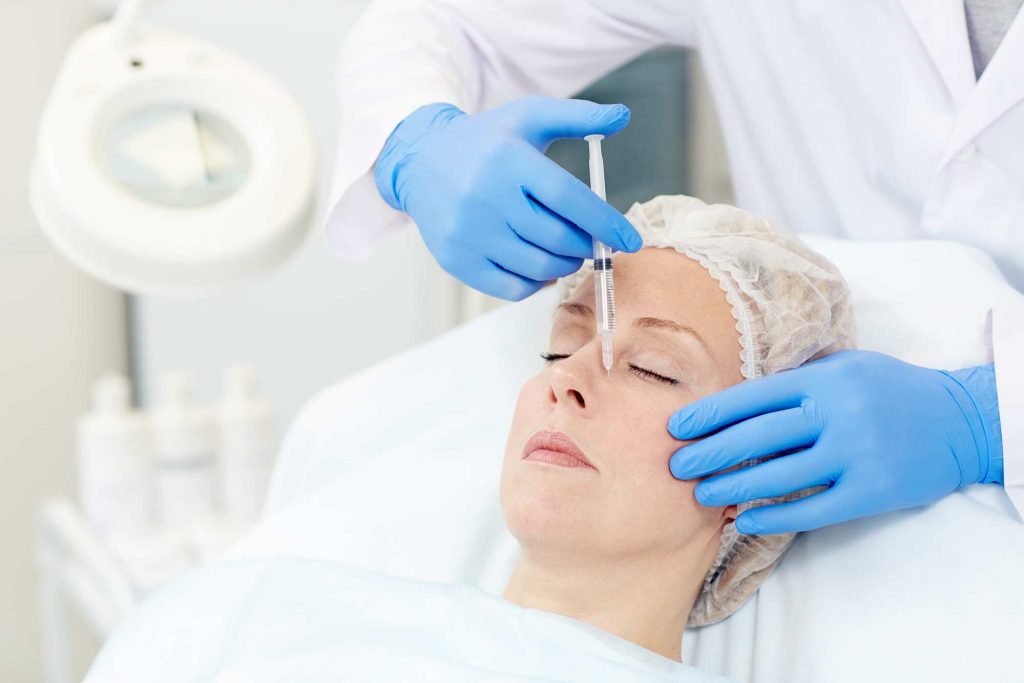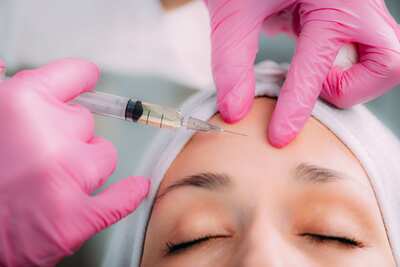Botox Injections
What is Botox?
Botox is best known for treatment of fine lines and wrinkles by parallelizing facial muscles. When used in moderation it can create a youthful open effect for the patient. When used aggressively it can sometimes create an expressionless “frozen” look.
Botox is the brand name for the neurotoxin botulinum toxin type A. Following clinical trials the fda approved to temporarily improve the appearance of moderate-to-severe glabellar lines and was released to the public in 1989 by Allergan Inc, under the name Botox cosmetic.
There are other products now on the market that use botulinum toxin type A to treat the same conditions now under brand names such as Dysport, Jeuveau and Xeomin.
Other common uses of Botox are for chronic migraines, eye twitching (blepharospasm), severe underarm sweating (Hyperhidrosis), overactive bladder and lazy eye (Strabismus).
How Does Botox Work?
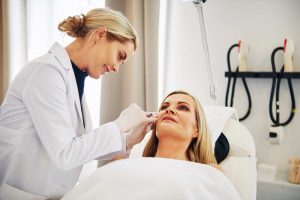
Botox injections are a non-invasive treatment and prevent wrinkles from forming on the face. It is injected into facial muscle groups to relax them, thus, preventing wrinkling or any movements that lead to lines. Over time, it becomes ineffective, and more has to be used for effective results.
Botox contains a neurotoxin toxin, which has been used in medicine for over 50 years as a muscle relaxant to treat medical conditions such as crossed eyes and excessive sweating. In 1985, it began to be used experimentally to treat facial wrinkles and other cosmetic complaints, like excessive sweating around the armpits.
Areas To Treat With Botox Cosmetic
In any area of the body, wrinkles can be treated with Botox injections. For example, as a cosmetic treatment, it can treat wrinkles on the forehead lines, crow’s feet around the eyes, vertical lines between the brows, and even neckbands.
The more common areas to use Botox in include:
Forehead Lines
These are vertical frown lines between the eyes. They become more obvious as one ages, and they can also be caused by smiling or squinting in the sun. Concentrated Botox injections to these areas will relax the muscles that cause ‘furrows’ and significantly reduce their appearance. It generally takes approximately three days for the effects to be visible and four to six weeks to settle.
Crow's Feet
Also known as ‘little smile lines,’ these are fine wrinkles that appear at the corners of one’s eyes. They can be caused by squinting in the sun, smiling, lack of sleep, or crows feet being part of the aging process.
Frown Lines
These lines are caused by constant frowning, and they tend to be a lot deeper than wrinkles that appear as a result of smiling. Frown lines often indicate stress or unhappiness.
Botox For Migraine
Botox is also being tried for migraine sufferers. These injections may last as long as three months, and migraines usually fade after six weeks. Migraine headaches are characterized by severe throbbing or pulsing pain, nausea and vomiting, sensitivity to light and sound. Benefits can last up to nine months.
Botox For TMJ
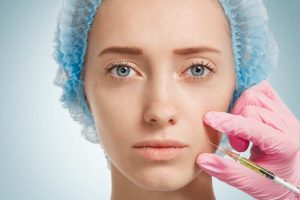 The results of a small study on the use of Botox for TMJ (temporomandibular joint syndrome) have been encouraging. Patients who had pain or discomfort in their jaws after chewing reported seeing an improvement in shoulder and neck muscle tension after treatment.
The results of a small study on the use of Botox for TMJ (temporomandibular joint syndrome) have been encouraging. Patients who had pain or discomfort in their jaws after chewing reported seeing an improvement in shoulder and neck muscle tension after treatment.
Severe Underarm Sweating
Botox is now being used to treat severe underarm sweating (Hyperhidrosis). The injections work best in the armpits but may also be applied to the inner thighs. Sweating can be a social or physical problem when it causes body odor or stained clothing. Patients notice improvement after about a week, and two sessions are usually needed for best results. There are also many off-label uses for Botox in dermatology.
How To Choose a Cosmetic Injector
Botox cosmetic procedure can help you regain a more youthful appearance. Just remember that to achieve the best results, choosing a qualified and experienced cosmetic injector for this type of treatment is essential. Here are some things to consider when choosing someone to administer your Botox.
If you are an athlete or competitor looking for a cosmetic injector, make sure the practitioner knows about your needs. When considering Botox and other cosmetic injectables, most athletes choose a dermatologist who also treats nonsporting injuries.
Dermatologists are trained to recognize skin conditions that may affect the face, such as keratosis pilaris or rosacea, which can cause redness in the face. When it comes to expert injectors, a dermatologist is usually the first choice of competitive athletes because they are familiar with injecting sensitive areas like the scalp and knee cap.
A nurse practitioner or physician assistant may be an alternative for athletes who do not have access to a board-certified dermatologist. However, the physician or nurse practitioner must be experienced in injecting these areas because failure to inject an area correctly can cause scarring or infections. In addition, some nonspecialists may offer Botox at lower prices than doctors but provide substandard care.
Botox Cost
Botox injections cost between $250 and $600 per area, depending on the number of areas injected and the strength of Botox used. Injections generally last three to six months to prevent muscle contractures. Cost may be lower or higher in each clinic, depending on the complexity of treatment required by you and your dermatologist’s experience with Botox.
The cost of Botox injections is generally covered by medical insurance, including Medicare and Medicaid, except Juvederm, which some Medicare plans cover.
What To Expect at Your Procedure
Before The Procedure
Before treatment, your physician will ask you to complete a consent form. If possible, discuss any questions or concerns you have about the procedure with them prior to the injection.Research indicates that making the patient feel more comfortable during and after procedures reduces regret rates for elective cosmetic surgery by as much as 70%.
During The Procedure
Botox is injected with a very fine needle into the skin at specific points around the targeted muscle. Your provider may use a topical anesthetic before injecting to ensure you are comfortable during and after the procedure. You may feel tingling and slight discomfort as each injection site is injected. This should fade within 15 minutes after an injection, and no aftercare is required.
After Care
After your Botox injection, mild redness and swelling are normal. Some patients experience very little inflammation after the procedure. Others may swell for a few days. Your skin will return to its normal appearance within a week or two following treatment of the areas.
The correction should last 3-4 months before you need another dose of Botox. The length of time you will experience the Botox results greatly depends on the area treated and how active you are with facial expressions.It takes about three to seven days for the Botox to kick into gear and another one to two weeks before you see its full effect. After that period, you may need repeat injections to maintain your results.
You will want to avoid massaging the injection sites for 24-48 hours, as this will break down the Botox and reduce the effectiveness.
How Long Do The Effects of Botox Injections Last?
The effects of Botox injections may last anywhere from three to six months. During this time, you may still be able to move your facial muscles, causing the effects to lessens. However, they will not completely go away.
It is recommended that you have a follow-up appointment with your cosmetic surgeon every three months for an additional injection of Botox so the results will last as long as possible. A few things that can affect how long the results will last include the actual activity level of the patient.
Patients who are very active and move their facial muscles frequently will find that Botox results in NYC will be less effective for them than patients who do not move and use their face much during the day.
In some cases, it may also depend on your cosmetic surgeon’s technique. For instance, is the Botox injected directly into the muscles in a precise way, or is it placed near prominent facial lines? If your cosmetic surgeon has poor technique, you may find that it does not last as long.
It should go without saying that if you have had Botox previously and did not opt to get follow-up injections, the results will wear off more quickly.
Botox Side Effects and Risks
All treatments have side effects, including Botox. Side effects can happen on the day of your procedure or a few days after receiving it. Some common side effects are dry mouth; discomfort or pain at the injection site; tiredness; headache; neck pain; and eye problems: double vision, blurred vision, decreased eyesight, drooping eyelids and eyebrows, swelling of your eyelids and dry eyes.
There is a slim chance that you could experience an allergic reaction to Botox, but all medications carry some risk of adverse effects. If you find a lump on your head or improper movement, the worst-case scenario would be needing corrective surgery.
Doctors generally recommend against using Botox when you’re pregnant or breast-feeding. And Botox should not be used in people who are allergic to cow’s milk protein.
While Botox uses the same toxin that causes botulism it’s use will not cause the patient to contract the food borne illness known as botulism.
Summary
In conclusion, Botox is a treatment method that you would want to have if you are suffering from facial wrinkles, but for people who already have great skin and want to improve their looks, Botox may not be the best answer.
Effective and non-evasive treatment for treating wrinkles is the Botox injection. It has become very popular in recent years, but should you go for it? Well, this article will help you understand more about Botox and if it is right for you.
